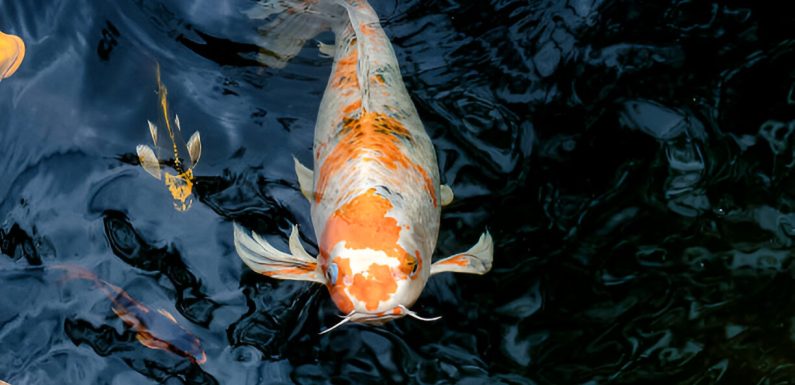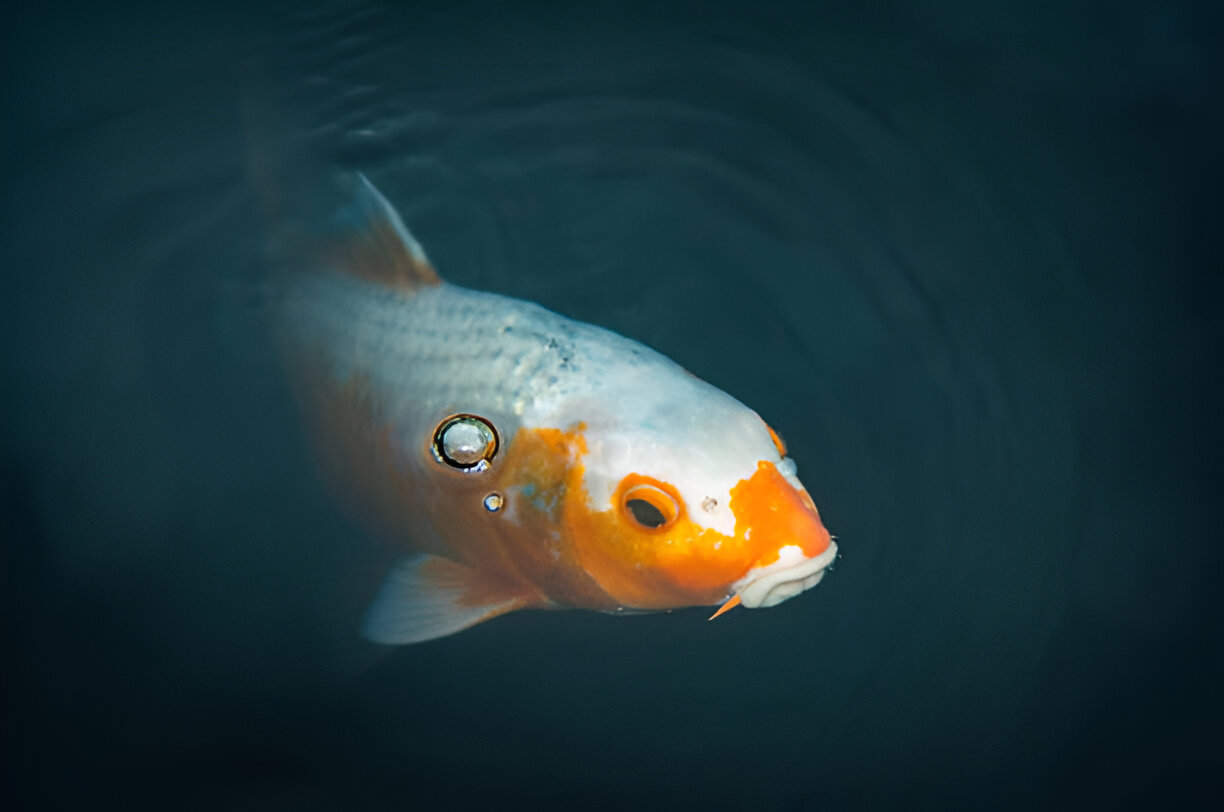
It is a severe, alarming situation if you can see your fish gasping at the water’s surface; this means that they can barely breathe because of the low amount of oxygen in the water.
This harmful condition is known as piping, which basically implies that the system in your pond has lost its balance and must be curbed at once. Without control, the oxygen shortage causes the immune systems to become weak among the fish, thus exposing the fish to diseases.
For reliable aeration solutions, many pond owners turn to Oase pond air pumps, designed to maintain optimal oxygen levels. Oase pond air pumps can keep the oxygen level in the best shape. One of the established pond care service providers, Pond Guy, recommends using these pumps frequently because of their proficiency in insulating fish against hot weather or algae bloom.
Common Causes of Low Oxygen
Several things will cause your pond to suffer from oxygen starvation:
- Warm Water – The hot summer also decreases the ability to retain oxygen.
- Overstocking – The number of fish that are in existence exceeds the replenishment of oxygen by plants.
- Algae Blooms – Algae take oxygen during the day.
- Poor Circulation – The stagnant water cannot exchange gases.
- Overfeeding – Decaying uneaten food depletes oxygen.
Emergency Actions to Save Your Fish
If fish are gasping, act quickly with these steps:
1. Increase Aeration
- Inject spraying water in the air using a hose so that it may oxygenate the surface.
- Activate waterfalls, fountains, or air pumps.
2. Partial Water Change
- Dechlorinated water should be replaced with 10-20 percent water.
- Changes of extreme temperatures should also be avoided.
3. Reduce Stressors
- Stop feeding fish temporarily.
- Eliminate algae or organic sludges.
Long-Term Solutions for Healthy Oxygen Levels
1. Install Proper Aeration
- Use bottom-diffused air systems for deep ponds.
- Fountains (fountains), waterfalls are effective on shallow ponds.
- In the case of koi ponds, use the two methods altogether.
2. Balance Fish and Plant Life
- Don’t overstock: a good rule is 1 inch of fish per 10 gallons.
- Include such oxygenating plants as hornwort.
3. Maintain Water Quality
- Monitor frequently for ammonia, nitrites, and nitrates.
- Clean filters and clear sludge from them.
- UV clarifiers or barley straw should control algae.
Choosing the Right Aeration System
Match your pond’s needs:
- Small/Shallow Ponds – The aeration is done by a fountain or waterfall.
- Deep/Large Ponds – Bottom-diffused air systems (such as Oase Pond air pumps) guarantee oxygen down to the deepest points.
- Koi Ponds – Use air stones and waterfall filtration to circulate the most.
Seasonal Considerations
- Summer – Increase aeration during heat waves.
- Winter – Keep a small opening in the ice to allow gas exchange.
- Spring/Fall – Be aware of oxygen when there is a temperature change.
Final Thoughts
When fish are gasping on the surface, it is a red signal of an emergency. Avoiding oxygen depletion and establishing some long-term aeration strategies will help make your pond a healthy space. That Pond Guy recommends investing in durable equipment such as Oase Pond air pumps to keep your fish healthy all year round.


